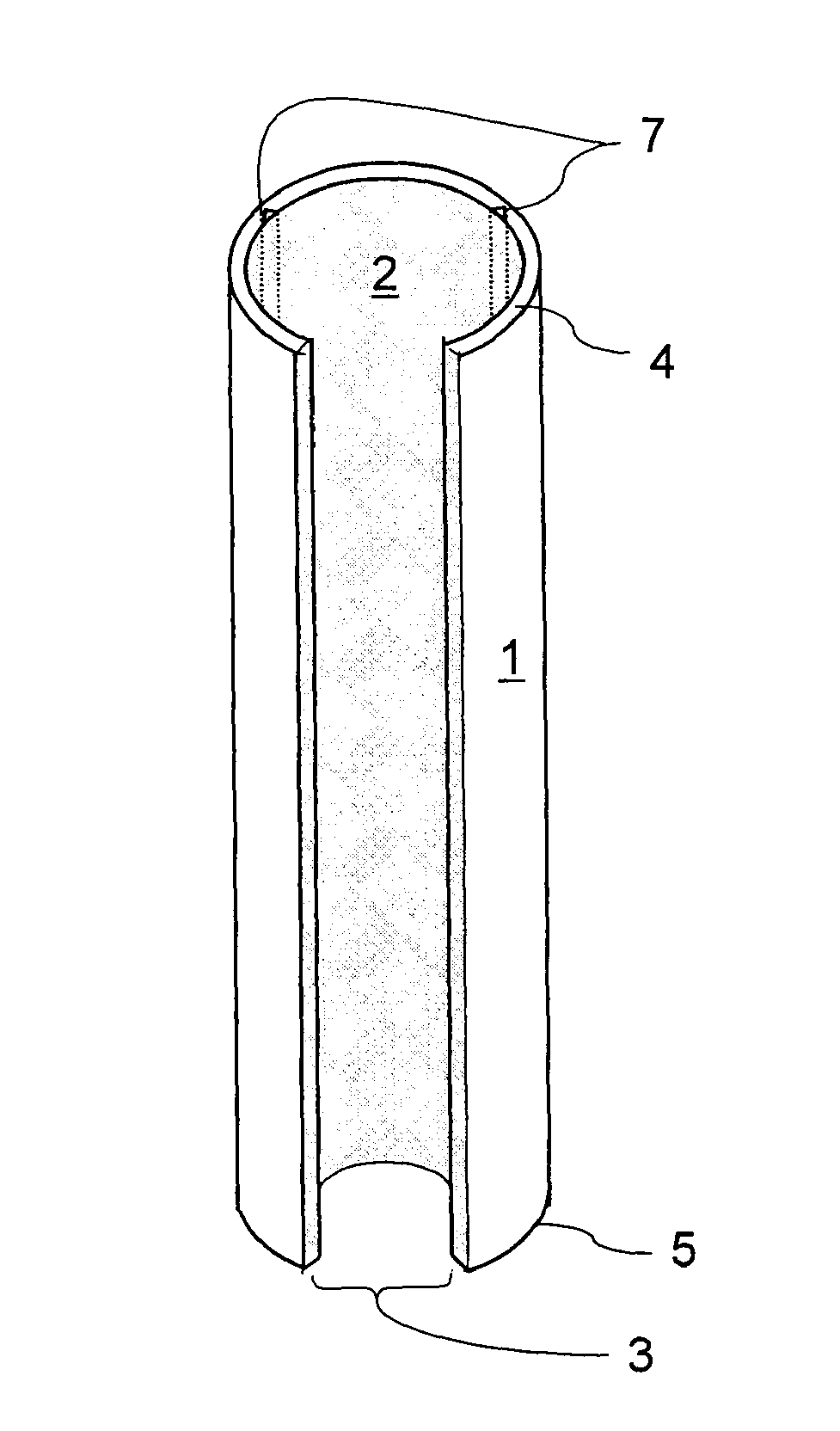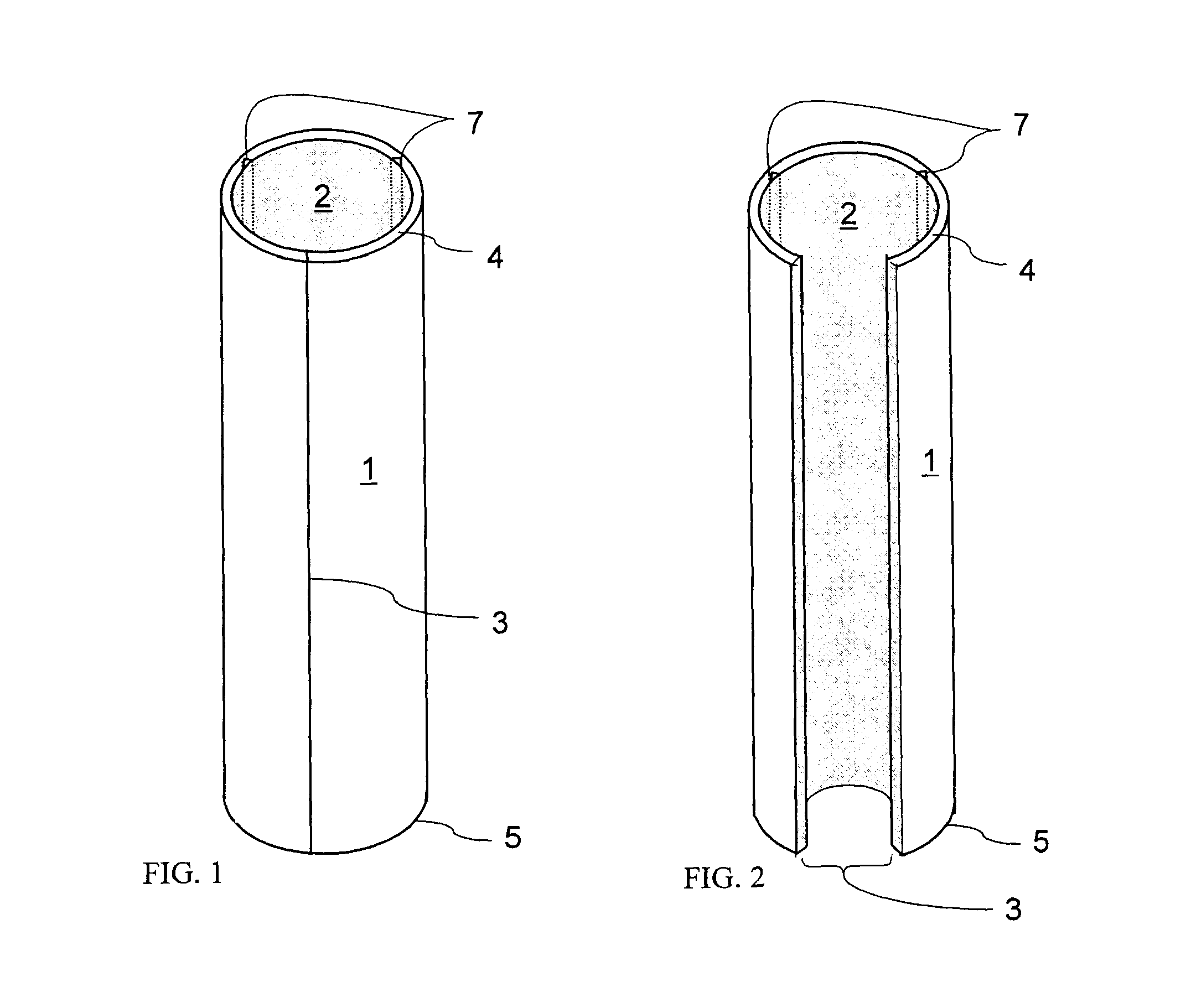Encasement devices and methods for planting mangroves
a technology of mangrove plants and encasements, which is applied in the field of water plants, can solve the problems of limiting the rate of plant development, affecting the displacement rate, and affecting the re-vegetation or planting of mangroves in non-tropical areas, so as to facilitate plant development and accelerate growth, the effect of reducing the duration tim
- Summary
- Abstract
- Description
- Claims
- Application Information
AI Technical Summary
Benefits of technology
Problems solved by technology
Method used
Image
Examples
Embodiment Construction
[0050]Before explaining the disclosed embodiments of the present invention in detail it is to be understood that the invention is not limited in its applications to the details of the particular arrangements shown since the invention is capable of other embodiments. Also, the terminology used herein is for the purpose of description and not of limitation. A listing of the components in the figures will now be described.[0051]1. Encasement Device[0052]2. Interior walls[0053]3. Longitudinal Slit[0054]4. Top edge[0055]5. Bottom edge.[0056]6. Slit Edges[0057]7. interior longitudinal grooves / thinned channels[0058]9. Side wall openings for drainage and / or root migration[0059]11. Embankment[0060]13. Seedling[0061]14. Mean highwater and planting elevation[0062]15. Encasement device portion[0063]16. Natural lagoon or estuary bottom sediments[0064]17. Encasement device[0065]18. Root system
[0066]The subject invention is directed toward a generally cylindrical type encasement device for plantin...
PUM
 Login to View More
Login to View More Abstract
Description
Claims
Application Information
 Login to View More
Login to View More - R&D
- Intellectual Property
- Life Sciences
- Materials
- Tech Scout
- Unparalleled Data Quality
- Higher Quality Content
- 60% Fewer Hallucinations
Browse by: Latest US Patents, China's latest patents, Technical Efficacy Thesaurus, Application Domain, Technology Topic, Popular Technical Reports.
© 2025 PatSnap. All rights reserved.Legal|Privacy policy|Modern Slavery Act Transparency Statement|Sitemap|About US| Contact US: help@patsnap.com



